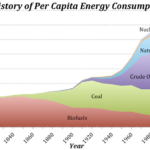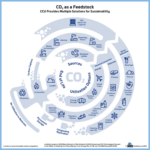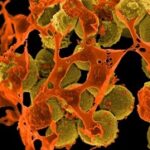Secrets of the deep sea
As researchers succeed in tagging oceanic predators, they discover new facts about the deep sea. Many animals dive very deep, even to where light doesn’t penetrate anymore. It’s indescribable, what they unveil. The pressure, the cold and the dark Knowable … Read more


















































